$GBPUSD
#Forex #Sterling #GBP #USD #CurrencyMarkets #Inflation #BankOfEngland #InterestRates #DollarIndex #FXTrading #EconomicOutlook #FinancialMarkets
Sterling has surged past the $1.30 mark for the first time since November, driven by a combination of persistent UK inflationary pressures and a broad-based retreat in the US dollar. The pound’s strength comes as traders reassess interest rate expectations for the Bank of England (BoE), with sticky inflation reducing the likelihood of imminent rate cuts. Despite signs of economic slowdown in the UK, the BoE has maintained a cautious stance, indicating that inflation remains a key concern. This backdrop is fueling expectations that UK interest rates will remain elevated for longer, supporting further pound appreciation in the currency markets. Meanwhile, the US dollar has been under pressure in recent weeks due to easing US inflation, which has revived speculation that the Federal Reserve could move towards cutting rates later this year. A shift in interest rate differentials between the two economies has contributed to the pound’s upward momentum.
The pound’s strong performance also reflects investors’ shifting sentiment regarding the broader UK economic outlook. While growth has been tepid, recent data suggests resilience in key sectors, including services, which remain a vital component of the British economy. Wage growth remains robust, further complicating the central bank’s efforts to bring inflation down to its 2% target. Higher wages typically translate into stronger consumer spending, supporting economic activity but also sustaining higher price levels. If inflation keeps running hot, the Bank of England may have little choice but to maintain a hawkish stance for an extended period, which in turn benefits the pound. However, concerns persist about how prolonged tight monetary policy will impact businesses and households. Elevated interest rates may lead to weaker housing demand and constrained corporate borrowing, factors that could eventually slow growth.
On the other side of the equation, the US dollar’s retreat has provided a tailwind for sterling’s appreciation. A softer-than-expected set of inflation readings in the United States has led traders to anticipate that the Federal Reserve may not need to maintain its restrictive policy stance for much longer. Markets are now pricing in potential rate cuts by the Fed before the end of the year, a stark contrast to earlier expectations of prolonged high rates. This shift has weakened the greenback across the board, with investors seeking higher yields elsewhere. The dollar index, which measures the US currency’s strength against a basket of major counterparts, has slipped in recent sessions, reinforcing sterling’s move above $1.30. If softer US economic data continues to emerge, the dollar’s weakness could persist, further supporting the British currency in the near term.
Looking ahead, the trajectory of both sterling and the dollar will depend heavily on central bank guidance and upcoming economic data releases. If inflation in the UK continues to surprise on the upside, the Bank of England may push back against market expectations for eventual rate cuts, which could sustain or even extend the pound’s gains. Conversely, if US inflation keeps cooling and the Federal Reserve adopts a more dovish tone, downside pressure on the dollar could remain, offering further upside for GBP/USD. Still, broader geopolitical risks and volatility in global markets may lead to renewed demand for the safe-haven dollar, limiting sterling’s rally. For now, traders will keep a close watch on key economic indicators, particularly inflation and employment data, as they reassess the outlook for monetary policy on both sides of the Atlantic.
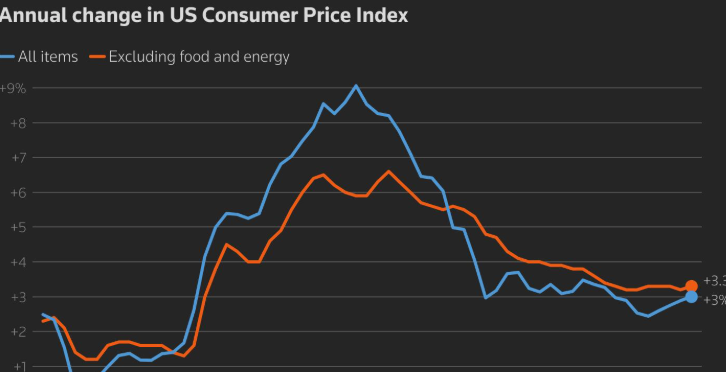

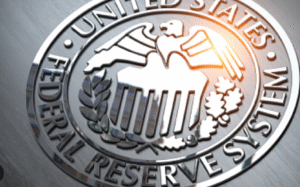
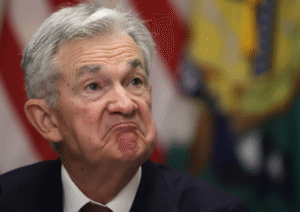
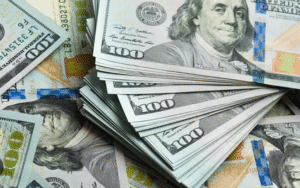


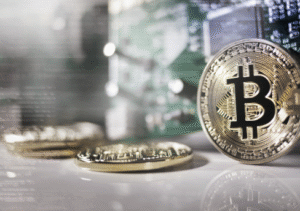

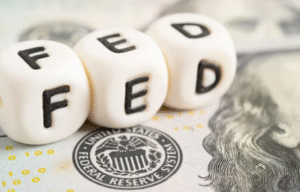
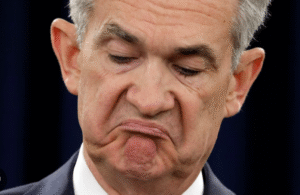
Comments are closed.